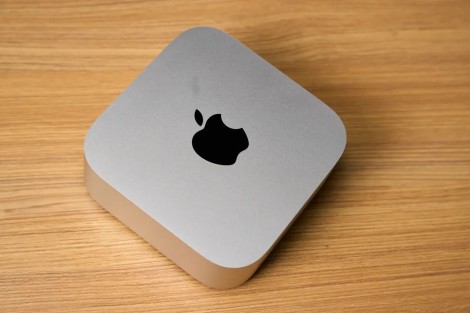In our fast-paced lives, the importance of maintaining a fresh and healthy indoor environment cannot be overstated. Whether it’s due to cooking odors, pet dander, or simply the accumulation of stale air, there are times when a room can feel stuffy and uninviting. Understanding how to quickly air out a room is essential for promoting better air quality and enhancing overall well-being. This article delves into effective strategies for achieving optimal ventilation, ensuring that your living spaces remain fresh and invigorating.
Understanding Indoor Air Quality
Before diving into practical solutions, it’s crucial to understand what constitutes good indoor air quality (IAQ). IAQ is influenced by various factors, including the presence of pollutants, humidity levels, and ventilation. Poor IAQ can lead to discomfort, respiratory issues, and even long-term health problems. Therefore, regularly airing out a room is not just a matter of comfort; it’s a vital aspect of maintaining a healthy living environment.
- Open Windows and Doors Strategically
The simplest and most effective way to air out a room is to open windows and doors. However, the effectiveness of this method can vary based on external conditions. Here are some tips to maximize airflow:
- Cross-Ventilation: Open windows on opposite sides of the room to create a cross-breeze. This method allows fresh air to flow in while pushing stale air out, significantly improving ventilation.
- Timing: Choose the right time of day. Early mornings or late evenings often have cooler temperatures and lower humidity levels, making them ideal for airing out your space.
- Weather Considerations: Be mindful of outdoor conditions. Avoid opening windows during high pollen counts, heavy pollution, or extreme weather, as this can introduce more allergens and irritants indoors.
- Utilize Fans for Enhanced Airflow
In situations where natural ventilation is insufficient, fans can be a powerful ally in promoting air circulation. Here’s how to effectively use fans:
- Exhaust Fans: Install exhaust fans in kitchens and bathrooms to remove moisture and odors quickly. These fans are designed to expel stale air, making them essential for maintaining good IAQ.
- Box Fans: Position box fans in windows facing outward to draw stale air out of the room. Conversely, placing a fan facing inward in another window can help pull fresh air inside.
- Ceiling Fans: Use ceiling fans to circulate air within the room. Set them to rotate counterclockwise in the summer to create a cooling breeze, and clockwise in the winter to distribute warm air.
- Incorporate Air Purifiers
Air purifiers are an excellent investment for those looking to enhance indoor air quality. They work by filtering out pollutants, allergens, and odors, providing a cleaner environment. Here are some considerations:
- HEPA Filters: Choose air purifiers equipped with HEPA filters, which can capture particles as small as 0.3 microns, including dust, pollen, and pet dander.
- Activated Carbon Filters: For odor removal, look for purifiers with activated carbon filters, which can effectively absorb volatile organic compounds (VOCs) and other unpleasant smells.
- Placement: Position air purifiers in areas where air circulation is limited, such as corners or small rooms, to maximize their effectiveness.
- Introduce Natural Elements
Incorporating plants into your living space can significantly improve air quality. Certain plants are known for their air-purifying properties, making them a natural choice for enhancing indoor environments. Consider the following:
- Spider Plant: Known for its ability to remove formaldehyde and xylene, the spider plant is easy to care for and thrives in various conditions.
- Peace Lily: This beautiful plant not only adds aesthetic value but also effectively filters out common indoor pollutants.
- Snake Plant: A hardy plant that converts CO2 into oxygen at night, making it an excellent choice for bedrooms.
- Regular Maintenance and Cleaning
Finally, maintaining a clean environment is crucial for ensuring good air quality. Regular cleaning can help reduce dust, allergens, and other pollutants. Here are some tips:
- Dust and Vacuum: Regularly dust surfaces and vacuum carpets and upholstery using a vacuum equipped with a HEPA filter to trap allergens effectively.
- Wash Fabrics: Frequently wash curtains, bedding, and other fabrics that can harbor dust and odors.
- Check HVAC Systems: Ensure that your heating, ventilation, and air conditioning (HVAC) systems are well-maintained. Change filters regularly and schedule professional cleanings to prevent the buildup of dust and mold.
Conclusion
Airing out a room is a multifaceted process that involves understanding airflow dynamics, utilizing technology, and maintaining cleanliness. By implementing these strategies, you can quickly and effectively improve indoor air quality, creating a healthier and more pleasant living environment. Remember, a breath of fresh air is not just a luxury; it’s a necessity for your well-being. Embrace these practices, and enjoy the benefits of a revitalized space.






+ There are no comments
Add yours